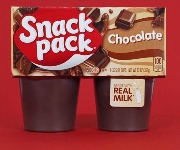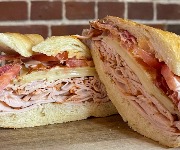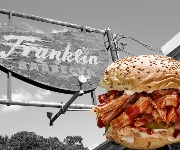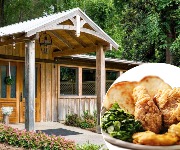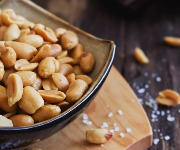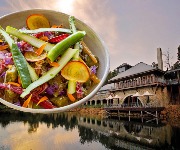An interview with Chetna Makan
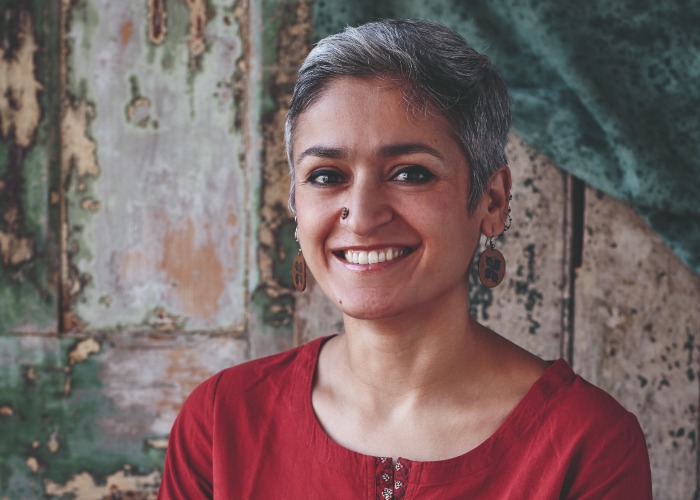
Bake Off star turned best-selling cookbook author Chetna Makan chats about the north Indian food she grew up on, how she develops her recipes and why she eschewed sourdough in favour of speedy recipes in lockdown.
You might recognise her from The Great British Bake Off's 2014 series, when her spice-infused bakes earned her a place in the semi-final. Since then, it seems like Chetna Makan’s hardly stopped, releasing five books in as many years, launching a popular YouTube channel and putting her own spin on Indian dishes. We caught up with her about how life has changed since appearing on the hit TV show and why she’s keen to make cooking simple after lockdown.
Growing up, food was at the heart of the home
I've always loved cooking, my mum's a great cook. She still always cooks from scratch and I grew up watching that. She loves to feed! Just any excuse. Whether it's our birthdays, or any chance to have relatives and friends over. So I have lots of memories of having all these people around for lunches and dinners. Our food is very north Indian, where my family is from.
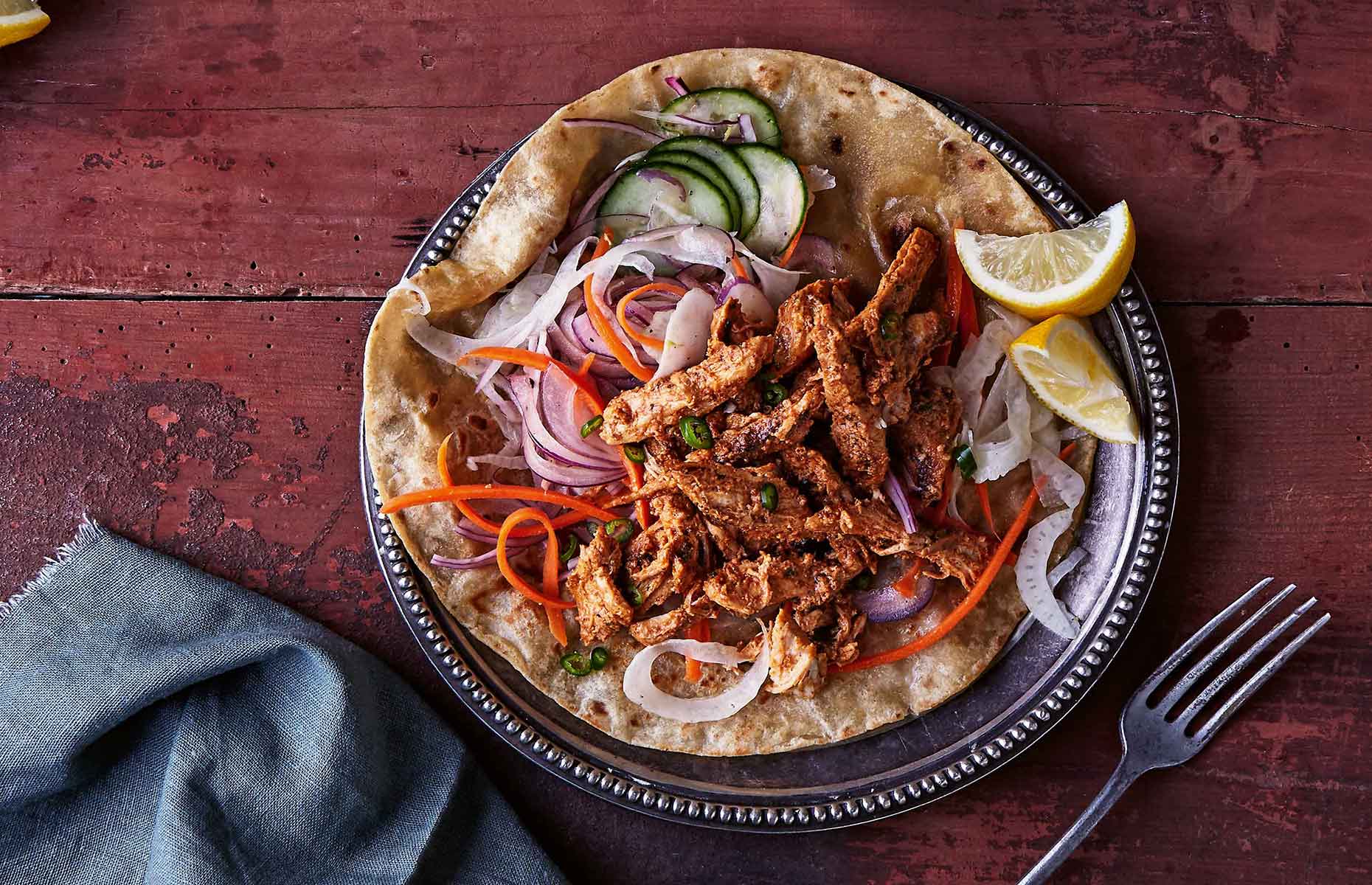 Image courtesy of Nassima Rothacker
Image courtesy of Nassima Rothacker
We lived in a first floor flat so it wasn't like we had a massive garden or massive space, but whatever space there was, it always felt like it accommodated anyone that could come in. Sometimes back then I felt that when your heart is open, there's always space.
READ MORE: Chetna's pulled tandoori-spiced chicken recipe
I thought I could bake a good cake, but that was it
The only reason I applied to Bake Off to begin with was that I loved the show. I’d watched the first four series, so I was a big fan and I'd followed it closely. Just at the end of season four, when they said, “If you want to take part, apply here”, my friend said, “You must!”.
At that time, I was just making cakes, it wasn't like I was baking very many things. But I thought, there's no harm in applying. I never thought I’d get in because I just didn't have much experience... I couldn't even make pastry!
READ MORE: An interview with Dr Rupy Aujla
The whole process from there, to actually taking part and coming out of the other side, was just so surreal. It still doesn’t seem like it happened to me.
Combining Indian flavours with Western bakes helped me stand out
Sweets are a very key part of Indian food – whether north, south, or wherever you go. But my mother used to bake very little, because you can buy such amazing Indian sweets, you don’t tend to make them so much at home.
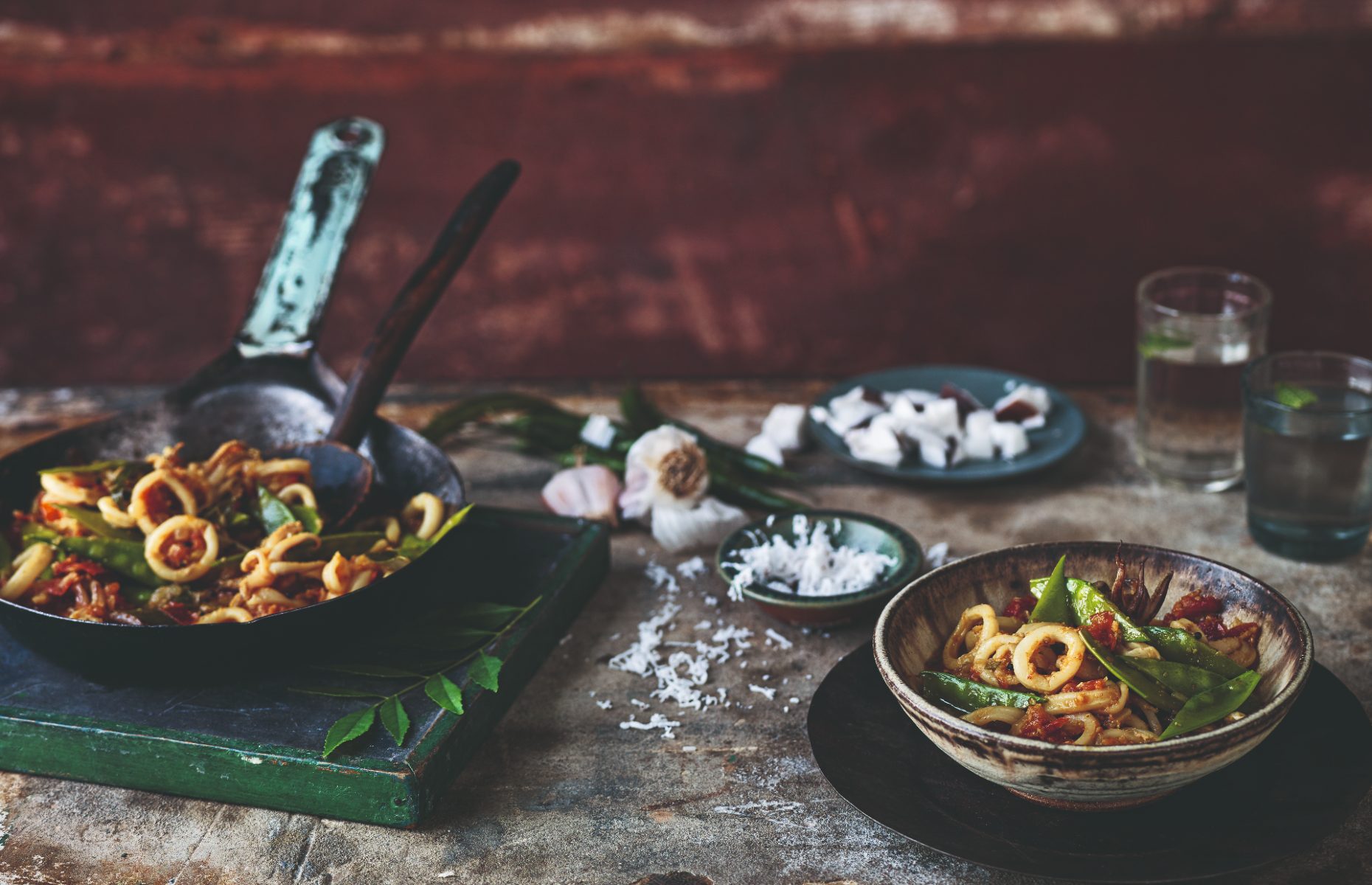 Image courtesy of Nassima Rothacker
Image courtesy of Nassima Rothacker
When I went on Bake Off, I knew how to make Indian food and I knew basic English bakes. I thought, my strength is Indian food so why not combine the two? And that's how I started mixing the spices with baking, which at that time was not done very often at all.
READ MORE: Chetna's peanut and paneer rice recipe
I’m very particular about keeping things simple
At the beginning of lockdown last year, we were all making sourdough all the time, and fancy bakes and things like that. Everyone got to a point where they’d had enough of cooking! They just wanted food that was delicious but that doesn't take forever to make. That's where the idea for my latest book (Chetna's 30-minute Indian: Quick and Easy Everyday Meals) came about.
The whole book was written in lockdown. When I’m developing recipes, it starts with the question: what would I like to eat? And then it goes from there. I'll go to the shops and if I see an ingredient that catches my eye, one thing leads to another.
For this book, I had to cook with the timer in the kitchen. I wanted to make sure that the recipes worked in 30 minutes, I didn't want to make false promises. I'm very particular about keeping things simple – why complicate it too much?
READ MORE: An interview with Masterchef finalist Santosh Shah
As many of us have started going back to work, and we’re out and about more in the summer, it just fits in with the whole idea: spending less time, but making amazing food.
People are getting to know more about real Indian food
The scene has definitely changed in the last 10 or 20 years. People are keen to learn more about real Indian food, beyond just naan and curry. They’re more open to experimenting and eating more different foods.
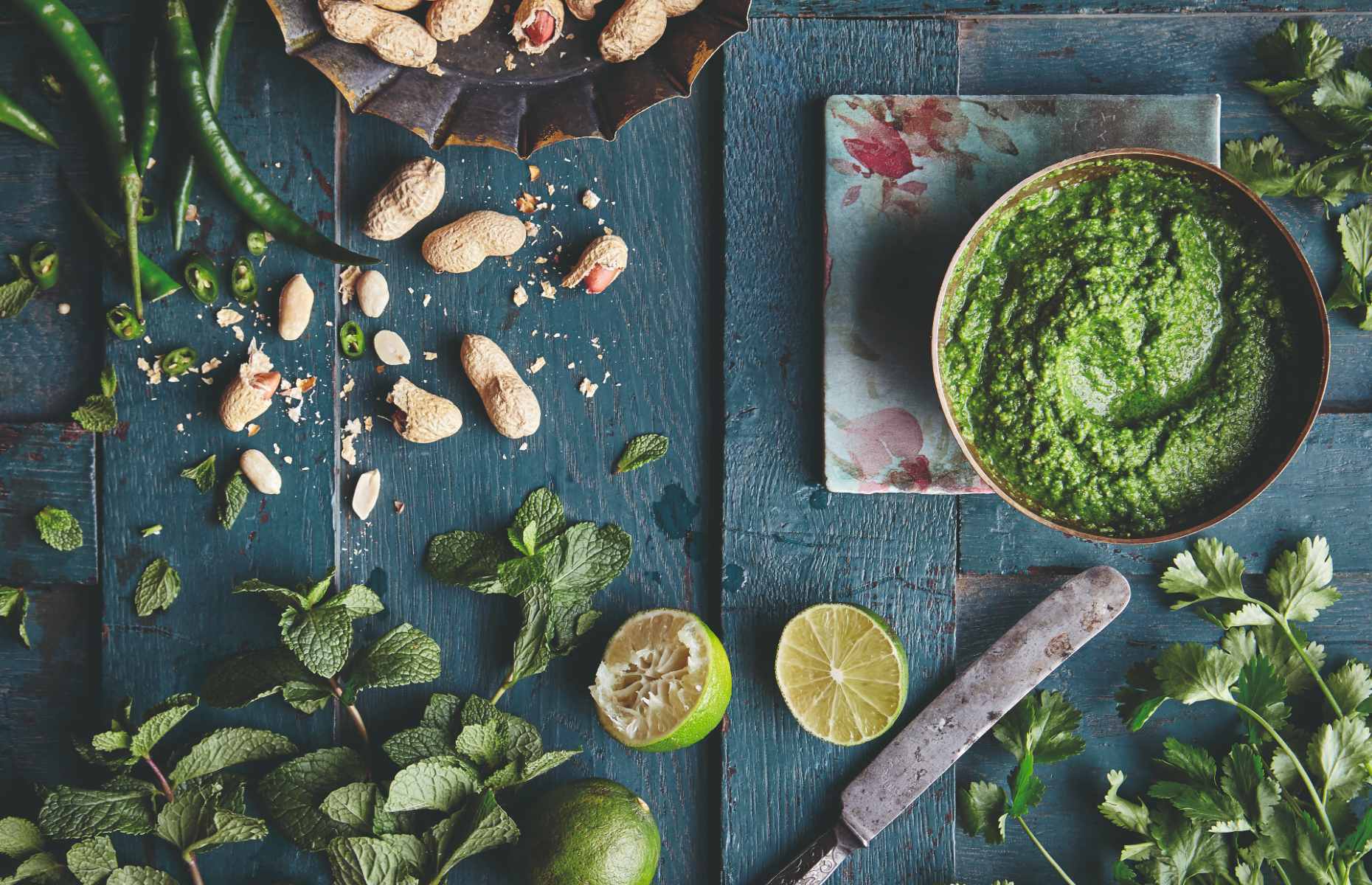 Image courtesy of Nassima Rothacker
Image courtesy of Nassima Rothacker
I think the restaurant scene is helping too, because many restaurants are serving more regional dishes – at least in London that I've seen. I don't live in London, but then I go and visit and think: “This is lovely! I didn't think I could get this in a restaurant”.
READ MORE: An interview with Gennaro Contaldo
Some misconceptions will always remain, I don't think that's ever going to go away. But people are now definitely more aware that the stuff you get in curry houses, madras and things like that, are not actually the real thing.
Social media is helping to make Indian recipes more accessible
I often get comments from people on my YouTube videos, saying they’ve never cooked from scratch before. Perhaps they’ve got an Indian partner or a friend or a colleague, and they were so scared of cooking a particular recipe for them, but they succeeded and that person loved it. And they were so surprised that they could cook a really good Indian meal!
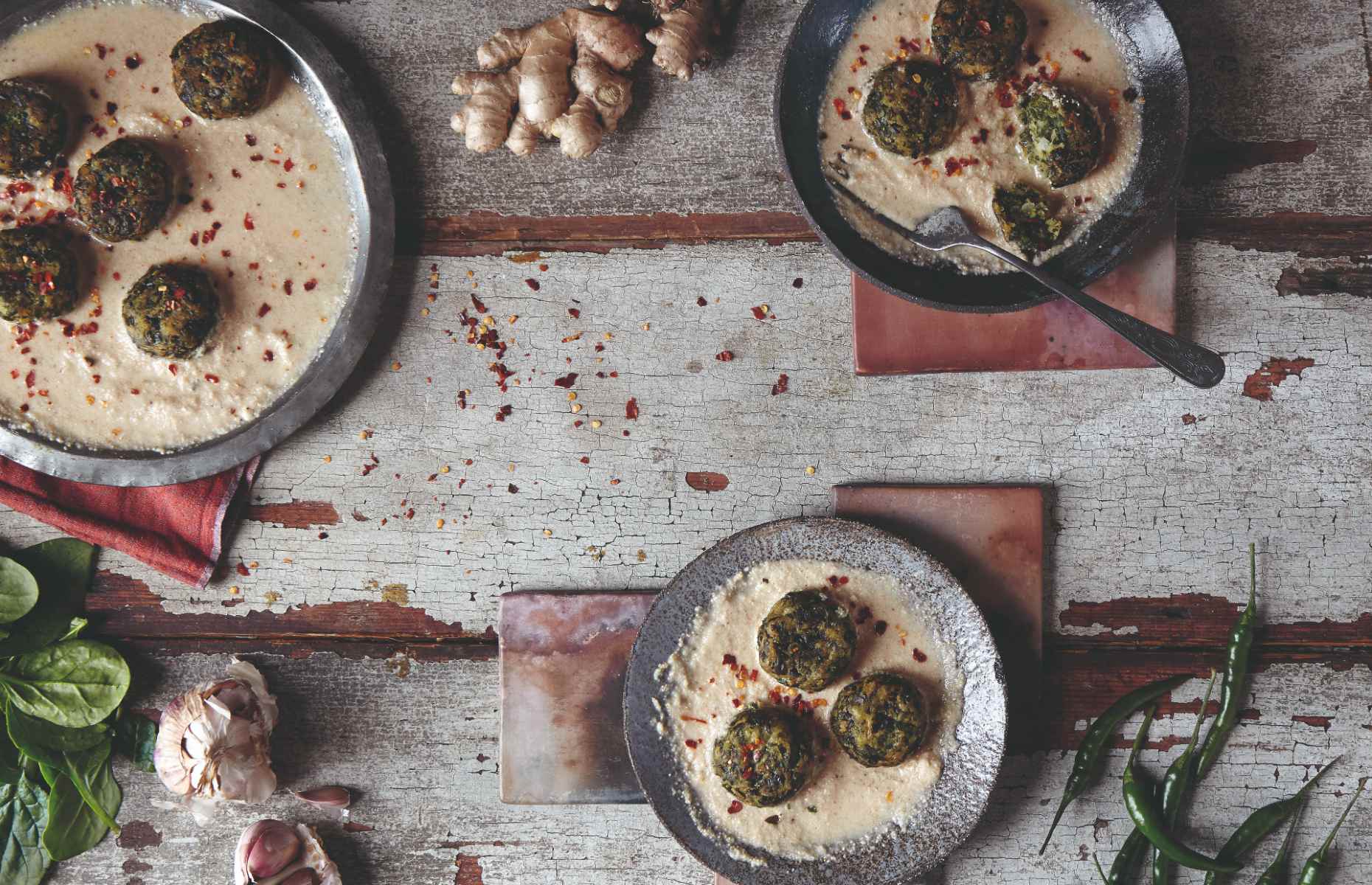 Image courtesy of Nassima Rothacker
Image courtesy of Nassima Rothacker
One of the reasons I love YouTube and Instagram is that the feedback is instant. Sometimes a video goes up and people cook it straight away. I've received pictures of recipes from the book this weekend, where people have already tried them so it's quite satisfying.
READ MORE: Chetna's new potato and peanut salad recipe
Lead image by Nassima Rothacker. Chetna's 30-minute Indian: Quick and Easy Everyday Meals is published by Octopus.
Most Recent
Comments
Be the first to comment
Do you want to comment on this article? You need to be signed in for this feature
